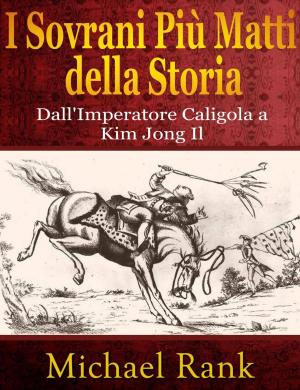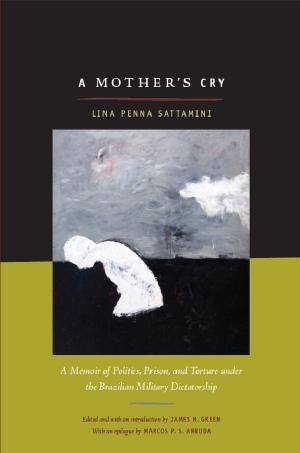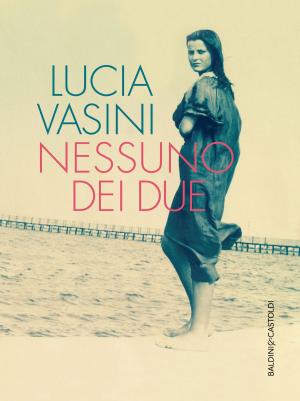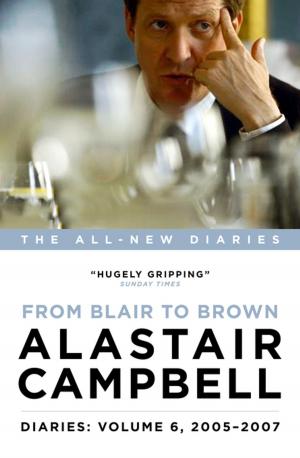Currahoo to Santiago My Camino
A Pilgrim's Journey to the Shrine of St James
Nonfiction, Travel, Biography & Memoir| Author: | James Keoghan | ISBN: | 9780993353994 |
| Publisher: | James Keoghan | Publication: | February 16, 2016 |
| Imprint: | James Keoghan | Language: | English |
| Author: | James Keoghan |
| ISBN: | 9780993353994 |
| Publisher: | James Keoghan |
| Publication: | February 16, 2016 |
| Imprint: | James Keoghan |
| Language: | English |
On the 27th of December 1601, three days after the battle of Kinsale, Red Hugh O'Donnell set sail from Castletownsend on the south coast of Ireland for Spain, to seek military assistance. Through a quirk of history his senior gallowglass captain Ristéard Mac Eochagáin, was not to take part in this mission.
413 years later, in the summer of 2014, James Keoghan - a descendant of Ristéard Mac Eochagáin - set out from his home at Currahoo near Kinsale on a pilgrimage to Santiago de Compostela, in memory of his illustrious ancestor.
He shares with the reader his absorbing, and sometimes witty memoir of his journey, with engaging descriptions of places he passed through and a somewhat jaundiced account of fellow pilgrims he met along the way. Walking eight hundred and sixteen kilometres, he followed the ancient pilgrim way from the Pyrenees in France, across the north of Spain to the shrine of Saint James, traversing high mountain passes in adverse weather, trekking through the endless solitude of the Meseta under a unforgiving Spanish sun. He writes of a deep sense of humility and yet achievement on finally reaching Santiago de Compostela.
It is said that a pilgrim is a believer who undertakes a journey to a holy place to ask for a pardon, to beg a favour, or to give thanks for a blessing received. Santiago de Compostela in Galicia in the northwest corner of Spain is such a place, a place where tradition has it that the relics of the apostle James reside.
A pilgrimage to Compostela, ‘The field of stars’, located at the very edge of the known world in ancient times, has the power to change lives forever for the modern pilgrim as much as it did for his medieval counterpart.
Since the early middle ages many thousands of pilgrims from all over Europe have made their way on foot to the city of Santiago de Compostela, to worship at the shrine of St James.
Along the way they could expect to face robbery, danger, hardship, sickness and even death at the hands of the bandits and brigands that lay in wait for them on the road.
For the ancient pilgrim who reached Santiago the return journey was no less dangerous and many were never to see their homes again.
In more recent times, especially since the 1960s when backpacking and trekking became popular, this ancient pilgrim route underwent somewhat of a revival as it became more accessible for people from all over the world.
Although the dangers faced along the way by the ancient pilgrims are no more, various hardships still remain for the modern pilgrim to contend with as he or she tramps along day after day, over high windswept mountains, through endless open spaces with little or no shade, suffering blisters, backache, ligament problems, heat stroke and stomach upsets, not to mention bed bugs and sleep deprivation due to the choruses of chronic snoring that can frequently be encountered in dormitories of up to sixty or more bunks in some albergues* *(hostels) along the way.
While the reason for undertaking this walk may no longer be predominately religious, of course for some it still is, though I suspect for a small minority. For many who attempt it these days it can still be a spiritual experience, while others may be inspired by the deep history and traditions of it all.
On the 27th of December 1601, three days after the battle of Kinsale, Red Hugh O'Donnell set sail from Castletownsend on the south coast of Ireland for Spain, to seek military assistance. Through a quirk of history his senior gallowglass captain Ristéard Mac Eochagáin, was not to take part in this mission.
413 years later, in the summer of 2014, James Keoghan - a descendant of Ristéard Mac Eochagáin - set out from his home at Currahoo near Kinsale on a pilgrimage to Santiago de Compostela, in memory of his illustrious ancestor.
He shares with the reader his absorbing, and sometimes witty memoir of his journey, with engaging descriptions of places he passed through and a somewhat jaundiced account of fellow pilgrims he met along the way. Walking eight hundred and sixteen kilometres, he followed the ancient pilgrim way from the Pyrenees in France, across the north of Spain to the shrine of Saint James, traversing high mountain passes in adverse weather, trekking through the endless solitude of the Meseta under a unforgiving Spanish sun. He writes of a deep sense of humility and yet achievement on finally reaching Santiago de Compostela.
It is said that a pilgrim is a believer who undertakes a journey to a holy place to ask for a pardon, to beg a favour, or to give thanks for a blessing received. Santiago de Compostela in Galicia in the northwest corner of Spain is such a place, a place where tradition has it that the relics of the apostle James reside.
A pilgrimage to Compostela, ‘The field of stars’, located at the very edge of the known world in ancient times, has the power to change lives forever for the modern pilgrim as much as it did for his medieval counterpart.
Since the early middle ages many thousands of pilgrims from all over Europe have made their way on foot to the city of Santiago de Compostela, to worship at the shrine of St James.
Along the way they could expect to face robbery, danger, hardship, sickness and even death at the hands of the bandits and brigands that lay in wait for them on the road.
For the ancient pilgrim who reached Santiago the return journey was no less dangerous and many were never to see their homes again.
In more recent times, especially since the 1960s when backpacking and trekking became popular, this ancient pilgrim route underwent somewhat of a revival as it became more accessible for people from all over the world.
Although the dangers faced along the way by the ancient pilgrims are no more, various hardships still remain for the modern pilgrim to contend with as he or she tramps along day after day, over high windswept mountains, through endless open spaces with little or no shade, suffering blisters, backache, ligament problems, heat stroke and stomach upsets, not to mention bed bugs and sleep deprivation due to the choruses of chronic snoring that can frequently be encountered in dormitories of up to sixty or more bunks in some albergues* *(hostels) along the way.
While the reason for undertaking this walk may no longer be predominately religious, of course for some it still is, though I suspect for a small minority. For many who attempt it these days it can still be a spiritual experience, while others may be inspired by the deep history and traditions of it all.















